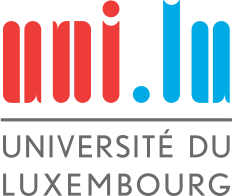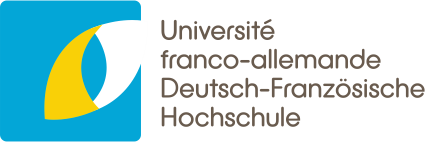Attention — Stop updating in English, look on the French or German side to be up to date. Thank you, Thomas.
Universities and partner cities
Here you will find a short introduction of all the partner universities:
Our bachelor students complete their three-year studies in this order.Université de Lorraine - Nancy
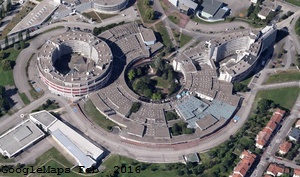
The University of Lorraine was established at the beginning of 2012 as a joint institute of what were previously University of Nancy and University of Metz. Currently, there are around 53,000 students at UL. In 2013, Nancy was chosen as the most student-friendly city in France .
The natural sciences campus is in the region of Vandoeuvre-lès-Nancy, which is about 20 minutes away from the city centre, directly next to the botanical garden.
The Physics department in Nancy is divided into four institutes:
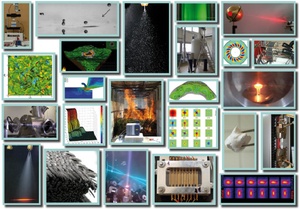
- Institut Jean Lamour (IJL ): Institute for Material Sciences with research groups in theoretical and experimental physics
- Laboratoire de Cristallographie, Résonance Magnétique et Modélisations (CRM2 ): Institute for Crystal Research and Quantum Mechanical Simulations
- Laboratoire d’Energétique et de Mécanique Théorique et Appliquée (LEMTA ): Institute for Energy and Mechanics with research groups in theoretical and experimental physics
- Laboratoire d’Étude et de Recherche sur le Matériau Bois (LERMAB ): interdisciplinary research institute for wood and natural fibres
The city of Nancy
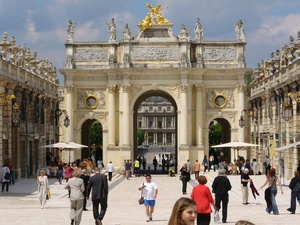
Nancy, the former capital of Fürstentums Lothringen, the capital of the Meurthe-et-Moselle (54) department and the second largest city after Strasbourg in eastern France. Within the Great Nancy region, which includes the 20 surrounding municipalities, is where 270,000 people call home. Nancy lies in the valley of Meurthe and is exemplary for three epochal architectural styles that coexist in the city:
- The medieval old town that reflects the Gothic style in architecture
- Place Stanislas (1737), Place de la Carrière and Place de l'Hémicycle form one of the most important congregation of architectures, and have been listed as a UNESCO World Heritage since 1983
- The Villa Majorelle and many other residential buildings in Nancy are exemplary of one of the most important schools of art nouveau in France, the École de Nancy
Living in Nancy
Most of the students in Nancy live in one of the 13 halls of residence of CROUS . There are two halls that are particularly close to the university campus, called Vélodrome and Placieux, which are also among the newer halls.

Please do not forget that everyone is eligible to apply to CAF for a housing allowance.
University of Luxembourg
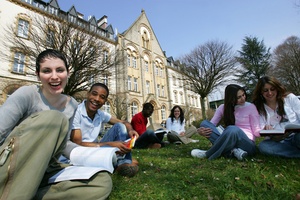
The University of Luxembourg was very newly established back in 2003 with the aim to provide the highest level of teaching and research standard. The faculties of UL are currently located in four campuses: Limpertsberg, Kirchberg, Walferdange and Esch/Belval. All the faculties will eventually be relocated to the newest campus Cité des Sciences in Esch/Belval.
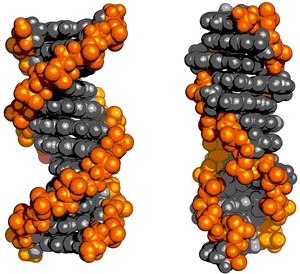
- Experimental Physics: Photovoltaics, Energy Materials, Nano-Magnetism, Polymer Physics, Soft Matter Physics
- Theoretical Physics: Soft Condensed Matter, Complex Systems and Statistical Mechanics, Mesoscopic Systems, Solid-State Physics
The city of Luxmebourg

The city is a hub of new and old. The old town with the grand ducal palace and the Kasematten are on the list of UNESCO world heritage since 1994. In Kirchberg, there are institutions of European unions and many banks. With around 111,000 residents, Luxembourg city is the largest city in Luxembourg, and it is also the capital of the country. In cooperation of the culture services of UL, students are able to enjoy concerts and theatre plays for free or at reduced prices in and around Luxembourg.
Living in Luxembourg
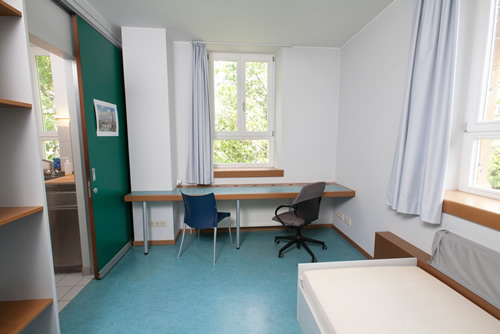
A room in a hall of residence (Résidence des Dominicaines) is reserved for every Saar-Lor-Lux student. A quick look at the place is given here . In order to obtain their reserved rooms, students must register at the Service des Études et de la Vie Étudiante on time (SEVE ). The programme coordinator in Nancy will remind you accordingly.
Saarland University - Saarbrücken

Saarland University (UdS) has a long history of international liaison with France since 1948, laying an early foundation of Franco-German collaboration in education. UdS is a campus university, where all its faculties are located in one site (apart from the Medical department). The Physics and the Mechatronics department in UdS are in the Natural Sciences and Technology Faculty II.

- Biophysics
- Quantum Optics
- Condensed Matter
- Complex Fluids
- Nanostructures
- Quantum Physics
- Statistical Physics
The city of Saarbrücken

Saarbrücken is situated in south-western Germany. As well as hosting 180,000 inhabitants, it is also the state capital of Saarland. The compact metropolis cultivates cultural and research focus of the Saarland. The capital has more than 1000 years of history and the modern greater city is formed by three historical towns: the Baroque style Saarbrücken, the bourgeois marketplace of St. Johann and the highly industrialized Malstatt/Burbach. The most beautiful places in Saarbrücken are perhaps Schlossplatz, Ludwigsplatz and the St. Johann market. The neo-gothic building of the town hall by Georg von Hauberrisser at St. Johann market is standing at an impressive height of 50 metre at its highest point.
Living in Saarbrücken
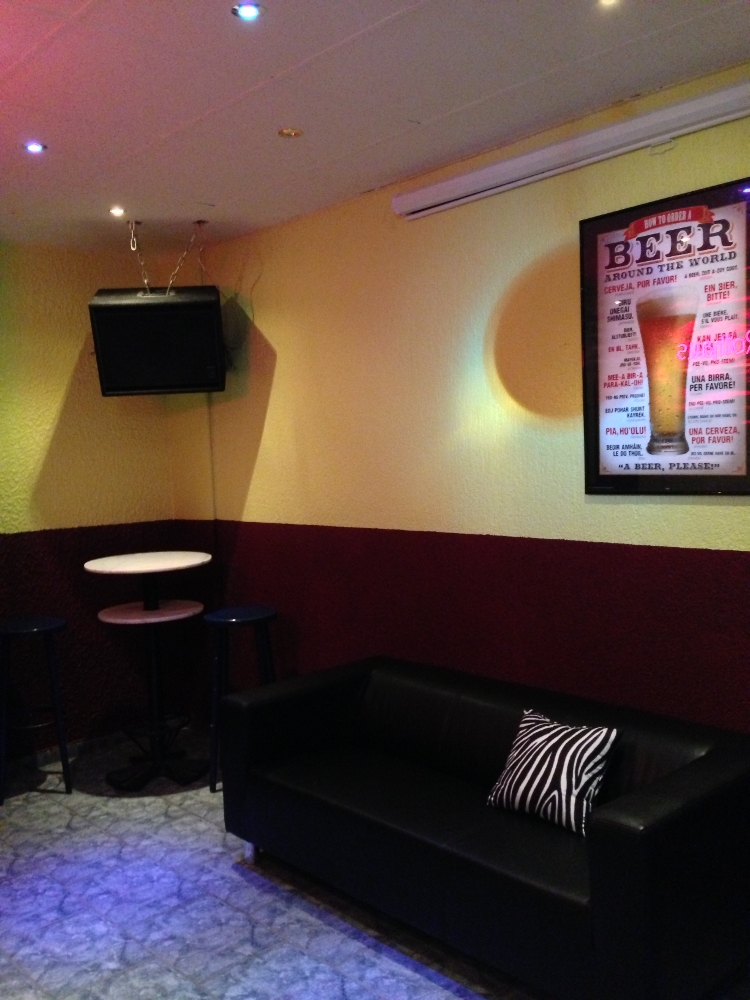
In Saarbrücken, students can either live in a residential hall of the Studentenwerk Saarland , a studio or a shared flat (WG).
 .
.


